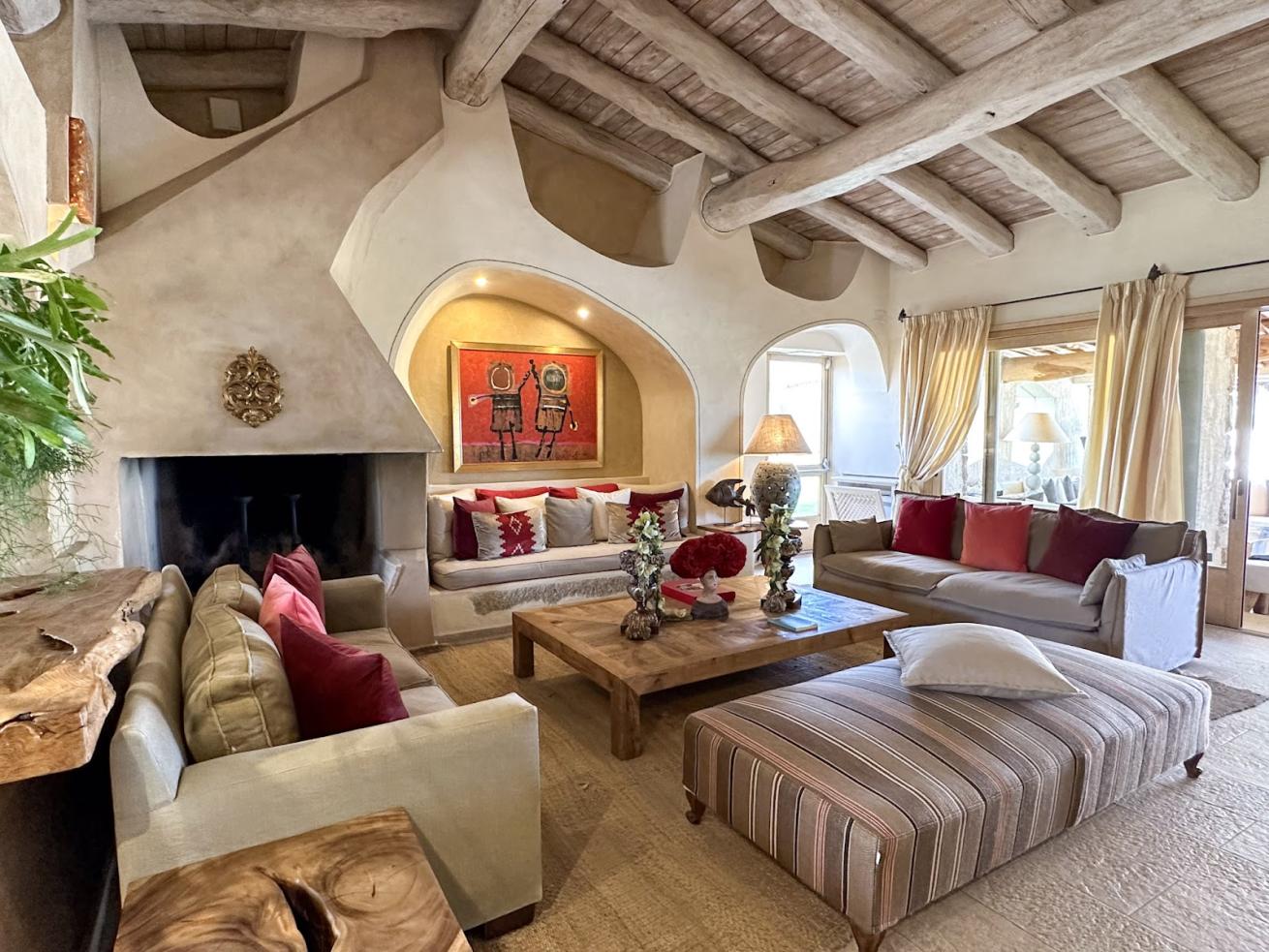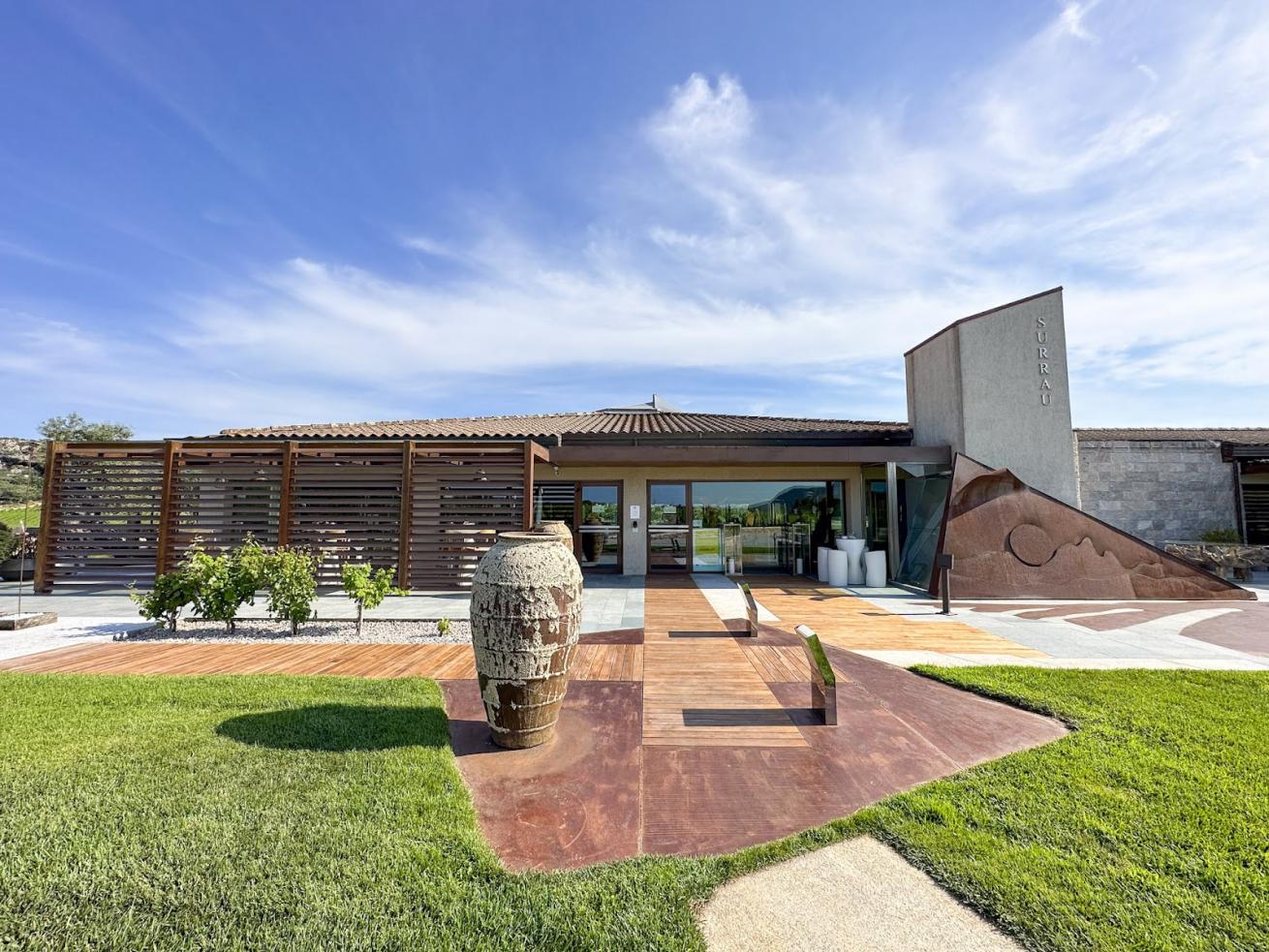Exploring Sardinia’s Wine and Diving Scene
Disclaimer: The dive community strongly advises against diving while affected by alcohol, due both to mental impairment, which can be made worse in association with gas narcosis, and possible elevated decompression illness risk caused by dehydration. For more information on the effects of drinking and diving, read this.

Shutterstock.com/HenryP982Mediterranean grouper
There’s nothing wrong with enjoying a glass of good local wine after a day of diving. Few places have equal offerings for oenophiles and divers alike as Sardinia, the second-largest Italian island in the Mediterranean (after Sicily). It has a wealth of underwater thrills, from wildlife to shipwrecks, while on land, great wineries abound. Here's a look at the best of the island's sites and sips.

Lauren MoweryThe Maddalena Archipelago offers great diving with superb clarity.
Sardinia
Where to Dive
Boasting some of the best diving in Italy, Sardinia has an estimated 65 sites, mostly clustered on the island's northern and eastern shores. Of those 64, PADI lists 33 as reef dives, 33 as wall dives and 14 as cave dives. Many of these encircle the UNESCO World Heritage Site of the Maddalena Archipelago in the northeast, especially around the island of Caprera. A protected geomarine national park, divers descend vertical walls through translucent Caribbean-blue waters to explore unusual granitic morphology, from boulders to caverns and spy wildlife that includes Mediterranean grouper, bumphead parrotfish, jackfish, moray and conger eels, flocks of barracudas and stingrays and nudibranchs.
Related Reading: Slug Spotter: A Guide to Photographing Nudibranchs

Lauren MoweryView of the northeast corner of Sardinia near Porto Cervo.
On Sardinia’s northern tip near Santa Teresa di Gallura, Capo Testa entices divers with its sheer visibility—often up to 160 feet—and Roman columns submerged offshore. Many dive shops touring the region operate in the village of Palau. Nautilus Diving Center is a popular outfit, serving both beginner and technical divers in multiple languages.

Lauren MoweryStazzo Lu Ciaccaru is a gorgeous country retreat not far from the coast.
Where to Stay
From rustic agriturismos (independently owned farmhouses that welcome overnight guests) to sprawling five-star beach resorts, Sardinia has something for every visitor’s budget and interest. Travelers starting or ending their trip in the southern city of Cagliari, a common flight option, will want to book a suite at Casa Clat, the city's best and newest boutique property. Divers looking for an elegant country retreat off the Costa Smeralda should book Stazzo Lu Ciaccaru. Think well-mixed negronis in cut crystal by the pool, then dinner under the stars with a bottle of Vermentino at the property's Sardinian restaurant, La Ciminea. Relais & Chateau property Petra Segreta sits in the northeast. Rooms decorated in simple coastal style lay scattered throughout the singular setting amidst giant boulders. The property’s Michelin-starred restaurant, Il Fuoco Sacro and incredible wine list make it worth the stay. And the newly opened 7Pines Resort on the coast offers a fantastic fine wine and dining experience, thanks to Chef Pasquale D'Ambrosio, with bright, airy rooms to retire to after dinner.

Lauren MoweryReception at Relais & Chateau property Petra Segreta.
Where to Taste
History
Archaeologists trace Sardinia’s winemaking history back 3,000 years. The island's favorable climate and soils have encouraged grape cultivation since the Nuragic civilization, around 1600 BCE. Phoenician and Roman influences further refined winemaking techniques, making Sardinia a hub for wine production. Today, Sardinia's winemaking legacy endures, with modern wineries preserving and innovating upon this layered historical heritage.

Lauren MowerySardinia is covered in vineyards filled with native grapes.
Grapes
Though blessed with 120 native varieties, Sardinia's winemakers excel, at least in a commercial sense, at a handful. In the appellation of Vermentino di Gallura DOCG (the highest rank of the 4-tier Italian classification), white grape Vermentino conveys the granitic windswept landscape of the north through texture, salinity and freshness. Cannonau, also known as Grenache, captures the island's sunbaked warmth in spicy, earthy reds. Dark and moody with notes of black fruits and pepper spice, Carignano/Carignan thrives in Carignano del Sulcis, an appellation exclusive to the southwest.
Related Reading: Scuba Diving and Wine: An Unexpected Pairing in Mallorca

Lauren MoweryThe hospitality at Vigne Surrau includes wine tastings and charcuterie boards.
Wineries
Winemaking spans the entire island, though in the north, dry white Vermentino shines. Vigne Surrau offers seated hospitality with vineyard views and Sardinian cheese boards. Capichera, a family-run winery near Arzachena, produces high-quality Vermentino poured for tastings on the terrace. Curious about natural wine? Head to Tenute Dettori, located northeast of Sassari. On the west coast, Contini has a modern tasting facility for experiencing its historic, sherry-like fortified wine, Vernaccia di Oristano. If you’re coming or going from Cagliari, don’t miss Pala Wines for juicy Cannonau and red blends.
As always, don't drink and dive!










